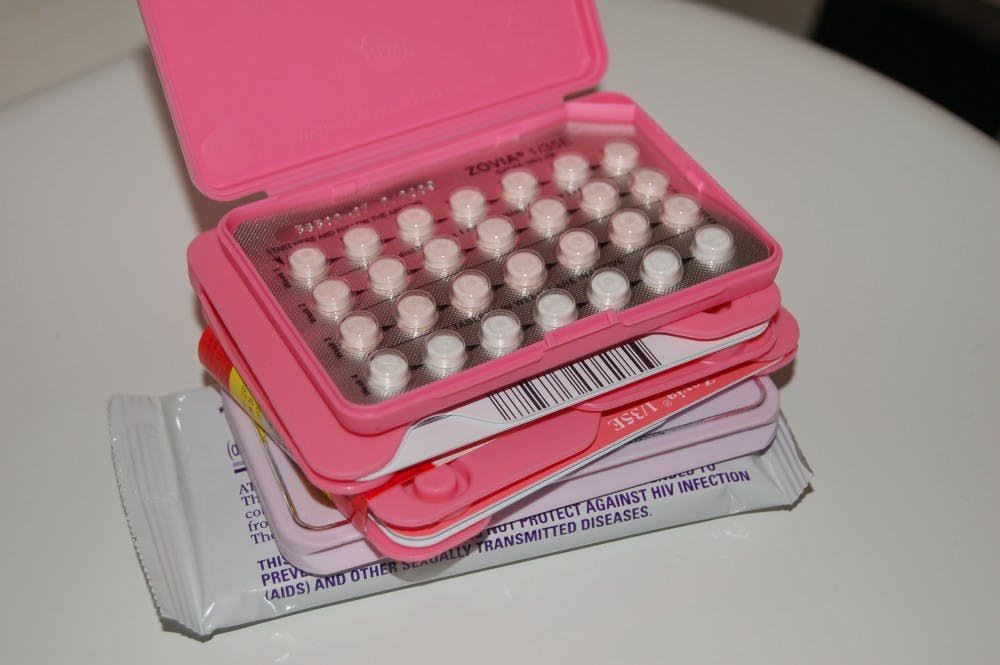By ELIZABETH LIU Senior Staff Writer
Birth control pills might be a little more dangerous than previously thought. A new study shows that oral contraceptives, such as birth control and emergency contraceptive pills, can cause a small but significant increase in the risk of ischemic stroke, the most common type of stroke.
The birth control pill, colloquially termed “the pill,” is made out of two hormones, estrogen and progesterone. They work to prevent pregnancy in two ways: They keep eggs from leaving the ovaries, preventing eggs from joining with sperm, and they make the cervical mucus thicker, preventing sperm from getting to the eggs.
Without the synthetic hormones acting as a stabilizer for women’s natural hormones, estrogen will peak during the middle of a woman’s natural cycle and prompt a cascade of other hormones from the pituitary gland, such as follicle stimulating hormone and luteinizing hormone, and cause the ovaries to release a mature egg. To maximize effectiveness, the pill should be taken every single day.
In the United States the pill is the most widely used contraceptive — four out of five sexually active women report that they have used or are currently using the pill. There are approximately 40 brands of oral contraceptives and 21 brands of emergency contraceptive pills in the US.
More than 100 million women worldwide have used or are currently using oral contraceptives. At $0 to $50 dollars per month, it is cheap, effective, convenient and relatively easy to use.
However there are some risks and side effects to using the pill and other oral contraceptives. Some of the most common ones include headaches, nausea, depression, change in libido and weight gain.
An association between oral contraceptives and a more serious side effect (a higher risk of stroke) was first reported in 1962 when early versions of the pill contained high doses of estrogen, about 150 micrograms per pill. Nowadays most birth control pills contain about 20 to 35 micrograms and none contain more than 50 micrograms.
Findings from the Loyola University Medical Center and the Loyola University Chicago Stritch School of Medicine suggest that even with reduced levels of estrogen there still may be a risk of stroke when using the pill.
The report, published as an update to the original article in MedLink Neurology, was in the form of a meta-analysis and points to a slight but significant increase in the risk of ischemic stroke, especially for women with stroke risk factors.
Risks for other strokes, such as hemorrhagic stokes caused by bleeding in the brain, do not seem to increase with the use of birth control.
Ischemic stroke, caused by blood clots, accounts for about 85 percent of all strokes. Generally, there are 4.4 ischemic strokes per 100,000 women of childbearing age. The meta-analysis suggests that the risk for stroke when using the pill almost doubles to 8.5 strokes per 100,000 women of childbearing age.
While the risk of stroke while using the pill is twice that of the risk when not taking the pill, it is still a numerically small risk — only one out of 24,000 women who take birth control pills will suffer a stoke. Women who have other stroke risk factors, such as smoking, high blood pressure or a history of migraines, will have a stroke risk that is significantly higher. While the quantitative value of increased risk is not mentioned, the researchers do suggest that women who have other stroke risk factors should be discouraged from using oral contraceptives.





